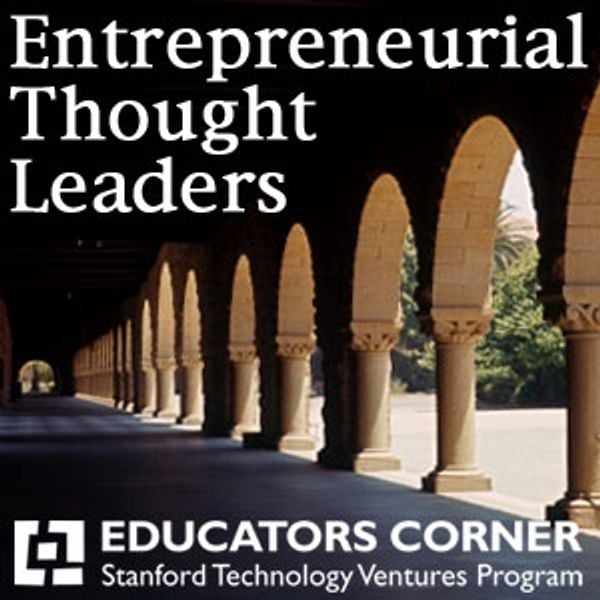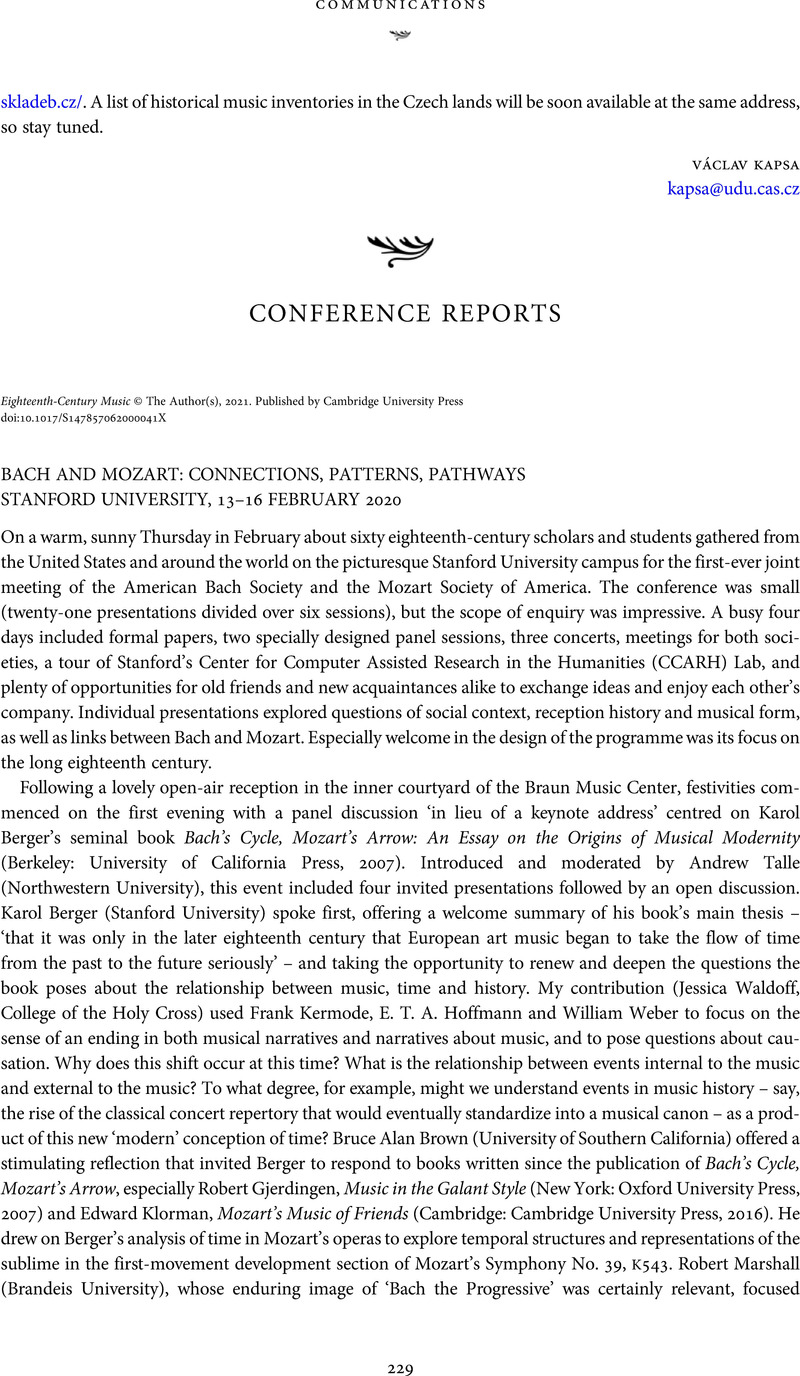Getting started. A Stanford Medicine Box account has already been created for you. Eligible faculty, staff and students can go to stanfordmedicine.box.com, click Continue and follow the steps from the login guide.Ensure that you log in using the credentials associated with your organization (SID, network User Name, or SUNet ID). The Town of Stanford is hosting an ongoing seasonal photo contest, and we want you to be a part of it! Any town residents are invited to submit up to two photos each season - Fall, Winter, Spring, and Summer.
Dropbox Stanford No problems at Dropbox Dropbox is an online storage service which focuses on online backup, file sharing and file synchronization. To synchronize files between the online storage and a mobile device or PC, Dropbox offers a special application. Stanford Medicine uses Media DropBox to publish course and event media pages for courses, departments, and conference center clients. Each client that uses the classroom capture system (Mediasite) will receive a dedicated SUNet-auth protected page that will host their content for one academic quarter. With over 42,000 locations nationwide, a UPS Drop Box is bound to be near you. You can drop off your shipment 24 hours a day. Enjoy later pickup times and the convenience of after-hours UPS Drop Boxes to meet the demands of your busy schedule.
ProductivityDropbox's Secret for Saving Time in Meetings
In an effort to clean up an endless succession of meetings, Dropbox came up with a novel solution jokingly titled 'Armeetingeddon' that favored leaner, faster meetings and profoundly affected the company's overall productivity.
Sometimes the best way to make a companywide change is to come down hard, fast, and with an attention-grabbing sense of drama. That's what Dropbox--the fast-growing cloud storage company--did when it battled the productivity and morale-sapping scourge of recurring meetings. The results were profound.
Unnecessary meetings plague most organizations. The Centre for Economics and Business reports that the average office worker sits in meetings about four hours a week and feels the majority of that time is wasted. At Dropbox, the problem was even worse: Some engineers were spending more than half their time in conference rooms. Employees complained that meetings were too numerous, too long, crowded with people who didn't belong there, and often pointless.
Dropbox's leaders responded with a battle cry: 'Armeetingeddon has landed.' That was the subject line on a companywide email that went out in August 2013. The message informed employees that all recurring meetings had been deleted from their calendars. 'If you check your calendar, you'll notice that it's feeling a bit light--on midnight we flipped the switch,' the note read. 'Ahhh doesn't it feel fantastic?'
In their book Scaling Up Excellence, Stanford professors Bob Sutton and Huggy Rao explain that building an organization requires both addition and subtraction. As an organization scales, some of the rules, activities, and rituals that once made sense lose their rationale but hang on as relics. Weekly meetings are typical. Managers establish them for good reason. Years later that reason is gone thanks to changes in relationships, roles, and customer needs. The meetings, however, remain.
The purge at Dropbox exemplifies strategic subtraction in a company bent on scaling well. 'We were bloated in terms of meetings,' says Graham Abbott, Dropbox's office team lead. Armeetingeddon, he explained, was an exercise in prioritization. Afterward, employees had to consider each meeting individually--give each one some real thought--and decide (collectively with other attendees) whether to return it to their calendars. Employees viewed Armeetingeddonas a positive change and trusted the company to make their lives temporarily more difficult to improve efficiency in the long term. By doing so, they realized some meetings had outlived their purpose.
Dropbox reinforced the message by prohibiting meeting hosts from rescheduling recurring meetings for two weeks after Armeetingeddon. This wasn't just a request. Each night, any recurring meetings that had crept back onto the calendar were deleted. People often hesitate to cancel meetings to avoid damaging social relationships. Dropbox eliminated the awkwardness of having to say, 'Let's not meet.' Armeetingeddon'cleaned the slate in a way that employees didn't take personally,' says Abbott. The only meetings that were spared were recruiting meetings, heads of staff meetings, and meetings involving an external stakeholder.
Stanford Box Account
Armeetingeddon was intended to change everyone's behavior, including that of senior leaders. Minutes after the initial email went out, a follow-up urged team leaders to:
- respect the 'Sanctuary period' and avoid scheduling any recurring meetings for two weeks;
- make sure meetings have agendas, owners, and action items;
- encourage team members to be protective of their calendars; and
- consider a venue other than a conference room: 'Go outside and get some vitamin D.'
Two years later, Dropbox employs nearly three times as many people at its San Francisco headquarters, yet it has only approximately doubled the number of conference rooms. Until recently, the number of recurring meetings has not increased despite the company's growth. In the post-Armeetingeddon era, meetings are shorter and more productive, with less rambling discussion and more focus on making decisions. Dropbox now provides mantras to guide meeting etiquette and design. These mantras guide all meetings, not just recurring ones:
Be conservative with meeting invites--Invite only key stakeholders, not 'spectators.' A cap of three to five people is recommended for decision-making meetings.
Every meeting must have an owner--Cancel meetings that lack a clear owner who keeps it on track.

Schedule meetings if (and only if) other methods of communicating won't cut it--Consider whether another forum, such as email or a chat, can accomplish the same result.
The company's internal website advises employees invited to meetings to ask themselves, 'Do I really need to be here?' People who go to a meeting and find their attendance is not required are encouraged to leave: 'If you find yourself on your phone or laptop during a meeting, that's a good sign that you're neither deriving nor contributing value to the meeting and that it might be worth reconsidering.'

Today, a conference room at Dropbox headquarters is named 'Armeetingeddon' to commemorate that fateful day. Though initial victory has been secured, the enemy lives on. More recurring meetings have recently been popping up on employees' calendars. Abbott says that Armeetingeddon 'will definitely be replicated.' Dropbox will once again temporarily banish recurring meetings, with the exception of those types noted above.
Armeetingeddon is not the answer for every organization. But it teaches a constant questioning of ingrained habits that is important for any business intent on improving as it ages and grows. Asking why we do something matters. Asking why we stilldo something can matter almost as much.
Stanford provides basic document management and collaboration through Box.com. Box is an easy-to-use platform that you can log into with your Stanford credentials.
Box supports creation, management, and collaboration for documents that have been written in common desktop tools (for example, Microsoft Word, Excel), and includes a drag and drop interface and versioning.
Features
- Single sign-on using your Stanford SUNet ID
- Individual permissions on folders
- Document version control
- Document sharing and collaboration with Box users within and external to Stanford
- Unlimited storage per user or workgroup
- Individual file sizes up to 15 GB
- Desktop folder synchronization with Box
- Encryption of files at Box and over the network
- Mobile clients for iPhone, Android, Blackberry, and Windows.
Designed for
Faculty, staff, and students

Requirements
A full-service SUNet ID.
Data security

Schedule meetings if (and only if) other methods of communicating won't cut it--Consider whether another forum, such as email or a chat, can accomplish the same result.
The company's internal website advises employees invited to meetings to ask themselves, 'Do I really need to be here?' People who go to a meeting and find their attendance is not required are encouraged to leave: 'If you find yourself on your phone or laptop during a meeting, that's a good sign that you're neither deriving nor contributing value to the meeting and that it might be worth reconsidering.'
Today, a conference room at Dropbox headquarters is named 'Armeetingeddon' to commemorate that fateful day. Though initial victory has been secured, the enemy lives on. More recurring meetings have recently been popping up on employees' calendars. Abbott says that Armeetingeddon 'will definitely be replicated.' Dropbox will once again temporarily banish recurring meetings, with the exception of those types noted above.
Armeetingeddon is not the answer for every organization. But it teaches a constant questioning of ingrained habits that is important for any business intent on improving as it ages and grows. Asking why we do something matters. Asking why we stilldo something can matter almost as much.
Stanford provides basic document management and collaboration through Box.com. Box is an easy-to-use platform that you can log into with your Stanford credentials.
Box supports creation, management, and collaboration for documents that have been written in common desktop tools (for example, Microsoft Word, Excel), and includes a drag and drop interface and versioning.
Features
- Single sign-on using your Stanford SUNet ID
- Individual permissions on folders
- Document version control
- Document sharing and collaboration with Box users within and external to Stanford
- Unlimited storage per user or workgroup
- Individual file sizes up to 15 GB
- Desktop folder synchronization with Box
- Encryption of files at Box and over the network
- Mobile clients for iPhone, Android, Blackberry, and Windows.
Designed for
Faculty, staff, and students
Requirements
A full-service SUNet ID.
Data security
- Stanford University Box: may only be used to store Low and Moderate Risk Data, as defined by the Information Security Office.
- Stanford Medicine Box: may be used to store all data types including Protected Health Information (PHI) or personally identifiable information (PII).
Rates
No charge
Get started
Eligible faculty, staff and students can go to stanford.box.com or stanfordmedicine.box.com, depending on affiliation. Click Continue and log in to WebAuth with your SUNet ID and password. A Stanford Box account associated with your Stanford email address (SUNetID@stanford.edu) will be automatically provisioned. You can have either a Stanford University or a Stanford Medicine Box account; you cannot be a member of both.
Get help
For assistance:
- Submit a Help request for Stanford University Box
Self-help: Box Community & Help Pages
Stanford App Box
Learn more
- Box Desktop Integration - Box Sync and Box Drive

